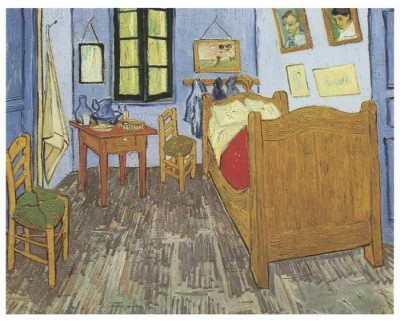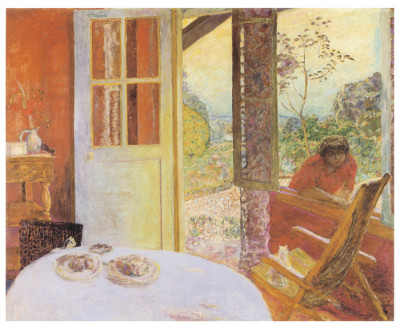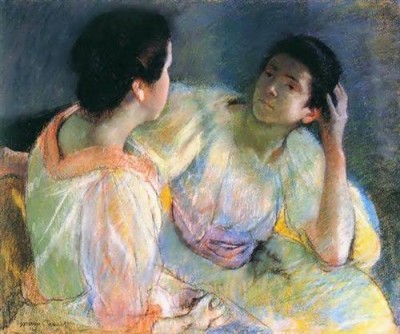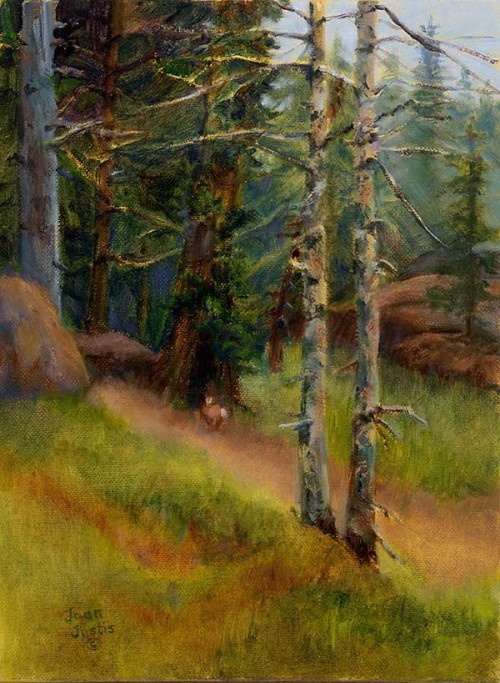Artistic Lines
from Joan Justis
March 2016
joanjustis.com website
joanjustisstudios on Instagram
Edges of images within a painting determine the painting style, the perspective, and the color motion. Edges can be soft and diffused. Artists use this technique to place objects in distant space or to create an ethereal quality or to blend colors. The eye does not stop but rolls around the edge to the other side.

Edges can be hard and clean. This technique brings objects close to the viewer, flattens images, and causes the viewer to stop at the edge before moving on to the next object in the painting.
The Bedroom by Vincent Van Gogh
Artists use both techniques in the same painting to create space and perspective. They blend the edges of color to move the eye through the composition and to create atmosphere. 
Dining Room in the Country by Pierre Bonnard 1913
The favorite of artists is the disappearing edge. Now you see it, now you don’t. You are aware of what the object is without it demanding your full attention. All of the objects or images in the painting work together to create a place for your mind’s eye to wander.
This painting is being shown in my solo show entitled “Wild Spaces” at Fuhriman’s Framing and Gallery in Logan, Utah. The paintings will be there throughout April, with the Gallery Walk Opening on Friday, April 8 from 6-8 p.m. Come and see my wild spaces.




